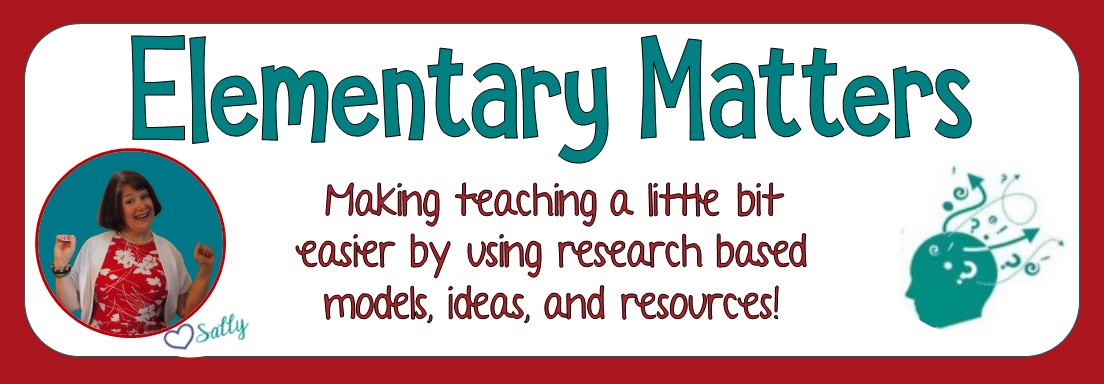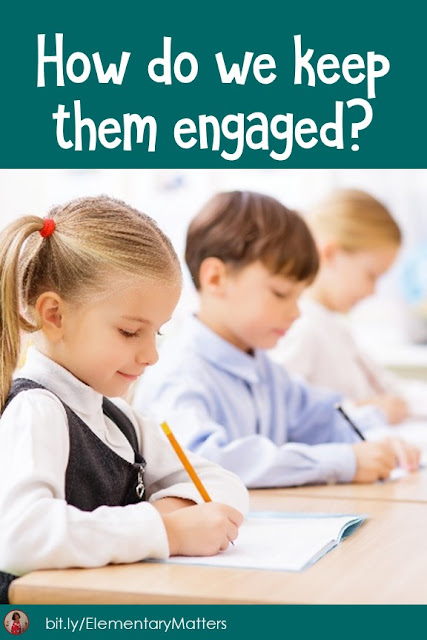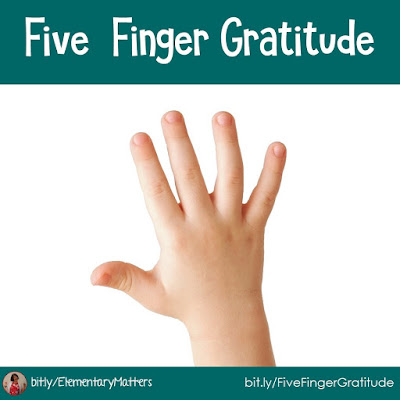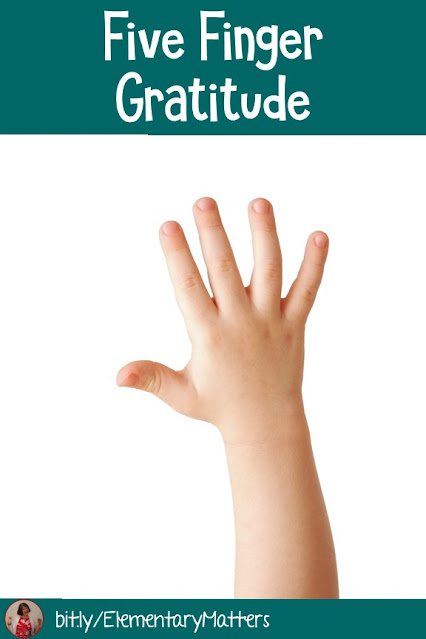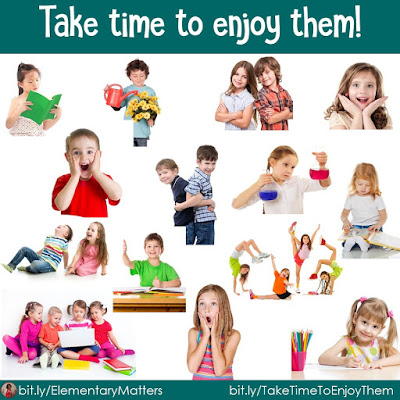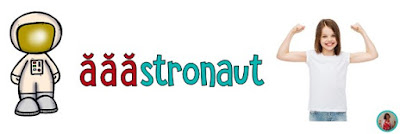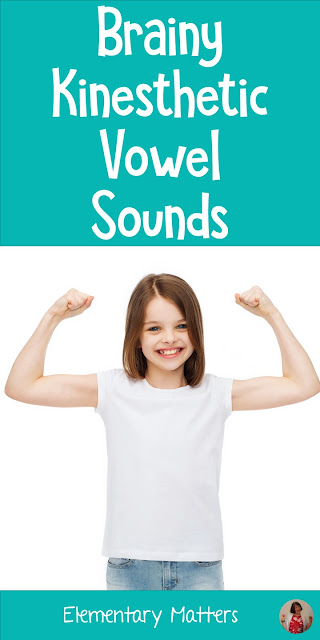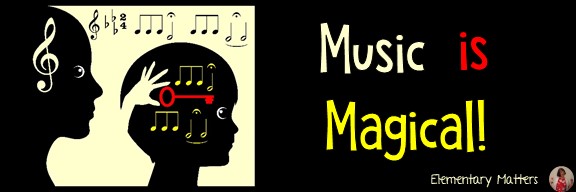"They" can be a whole lot of learners. They are the "fast finishers", or maybe the "gifted". They can be children who are "high achievers", or just a child who already knows the concept you're working on because his older brother taught it to him.
There are a million reasons a child might need an extra challenge to stay engaged.
I know most schools have many ways to address the struggling students with Tier 2 and Tier 3, RTI, Title I, Special Education, and so on. But there's not all that much for those who learn easily or quickly. Yet, they are just as important! (Personally, I think they are ALL important, not just the ones who need to "up their test scores!")
Here are some things to NOT do:
-give more practice on the same skill
-give "busy work" (work that won't advance the student's skills.)
-another grade level's work (This is a sticky subject, especially with some parents, but I truly believe that a child can be "enriched" without acceleration.)
Try to avoid most of the time:
-helping other students (again, it really doesn't advance the child's skills, but done occasionally can help reinforce the concepts.)
Better choices:
It's easier to challenge and engage early finishers in literacy. They can:
-read more challenging books
-read different genres
-write summaries or book reports
-write a story from another character's point of view
-write poetry
-write a play
-research a favorite subject and create a report
I could go on, but there are plenty of ideas all over the internet. (Check "early finishers" on Pinterest!)
Math can be a bit more of a challenge, because some kids struggle to grasp the daily lesson, while others breeze through the practice. We need to challenge the "fast finisher" brains by having them think of using strategies and procedures that will let them practice their skills with a little extra thinking.
Math choices:
-Yahtzee or other games that involve math strategies and planning
-Make their own math stories
-Complete or make their own math puzzles
-Practice facts with a friend
-Task cards, "I'm done" jars, or "What's next bulletin boards" (again, search Pinterest, there are tons of ideas out there!)
-computer games and tasks (such as BOOM computer task cards)
Here's a little video I made about one of my resources that fits this idea:
What other ideas do you have to keep them engaged?
